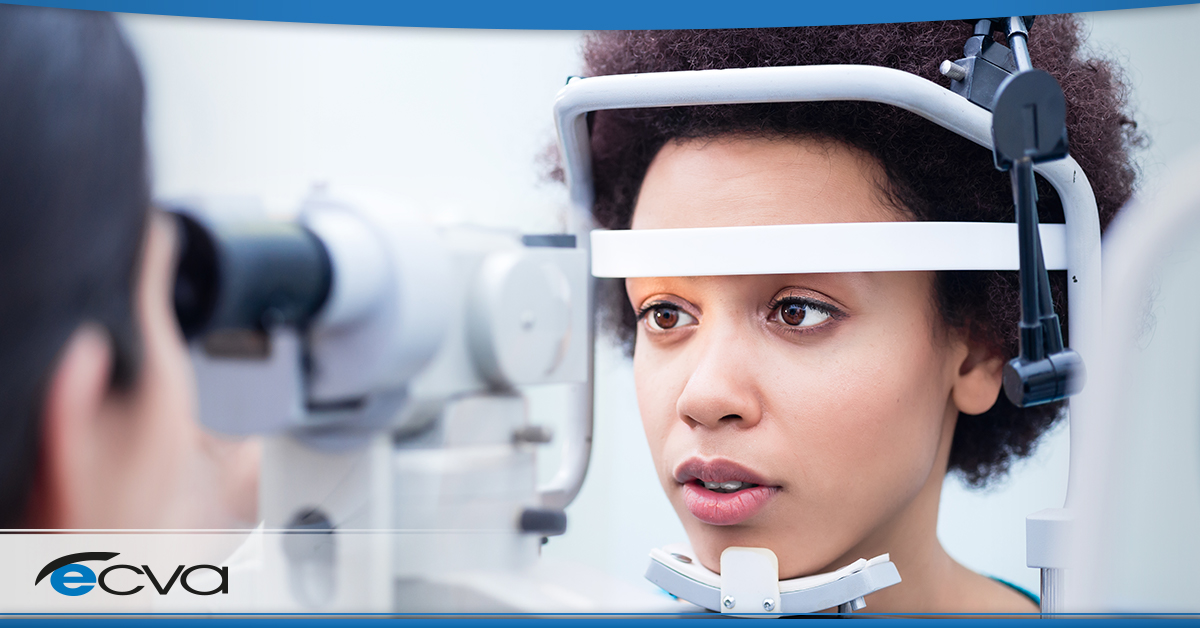Cataracts are an incredibly common eye condition, particularly as people get older. Often, the disease progresses slowly, giving those with cataracts time to determine which course of action is best for their needs. However, there are times when cataracts can advance quickly, particularly if they’re related to an injury, illness, certain genetic conditions, environmental factors, or if they begin forming early.
However, even if symptoms aren’t worsening quickly, that doesn’t mean treatment isn’t a necessity. If left unaddressed, cataracts can cause severe vision issues and even blindness.
By understanding how cataracts progress, you can ensure that you receive treatment properly. Here’s an overview of the early- and late-stage symptoms, as well as guidance on when to seek treatment.
Early-Stage Cataract Symptoms
During the early stage of the condition, cataracts themselves tend to be small, limiting their impact on vision. Some of the more common symptoms of this stage include:
- Blurriness
- Cloudy vision
- Color perception changes, including dulling or the appearance that everything is covered in a yellow tint
- Double vision
- Halos
- Reduced night vision
- Light sensitivity
- Contrast reductions
Needing to update your glasses or contacts prescription more frequently could also be a sign of cataracts. The same goes for requiring increasingly strong reading glasses.
Late-Stage Cataract Symptoms
As cataracts progress, their impact on vision is more significant. Additionally, they can cause the eye itself to turn milky white.
Here is an overview of late-stage cataract symptoms:
- Milky white spot on the lens
- Reading difficulties
- Significantly decreased visual acuity
- Clouding over the entire lens
When cataracts progress, the alterations to your visual capabilities have a greater impact on your daily life. You may lack the ability to see well enough to accomplish specific tasks, reducing your overall quality of life.
When to Seek Treatment
Generally speaking, cataracts become more challenging to treat as the condition progresses. While immediate intervention during the earliest stages may not be necessary, monitoring the cataracts’ progress is essential. That way, they can be appropriately treated once they advance to a critical point or begin having a notable impact on your quality of life.
Delaying cataract treatment does come with risks. It can lead to significant vision loss and may cause blindness. Alterations to the lens create an increasingly dramatic colorcast over your visual field, making everything seem increasingly yellow or brown.
Ideally, you want to work closely with your eye care provider. By keeping regular appointments, any signs of cataracts can be caught early. Then, they can track the condition’s progression, ensuring treatment can occur at the proper time. That way, the odds of permanent damage are substantially reduced, allowing you to maintain your vision long-term.
At ECVA, the safety and health of our patient’s eyes are our priority. If you have signs or symptoms of cataracts, want to learn more about the severity of your condition, are exploring treatment options, or simply haven’t seen your eye care provider in the past year, we are here to help. Schedule an appointment at your closest ECVA clinic today.








